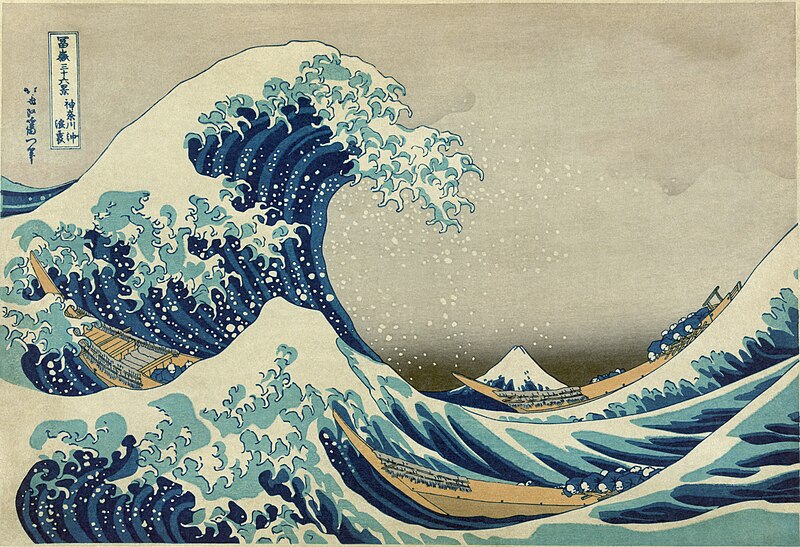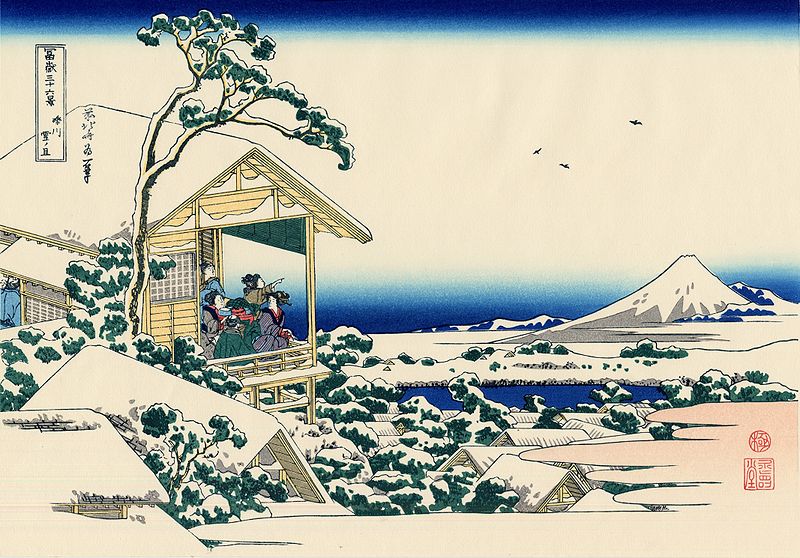If you were to ask someone to think about Japan, I'm positive Mt. Fuji would come up. And why wouldn't it? It's one of Japan's most iconic landmarks. It's a wonder to behold which is why it receives more than 300,000 tourists each year to climb its slopes. Many tourists will climb during the early morning in order to catch, what they call, Goraiko or the "arrival of light". This I hope to do at least once.
Mt. Fuji goes by many names such as; Mount Fuji, Fuji-san, Fujiyama, and Mt. Fujiyama. Standing 3776 meters or 12,388 ft, Mt.Fuji stands on the southern end of Japan's main island "Honshu". For those of you who don't know Mt. Fuji is an active volcano and is part of a trio of mountains known as the "Three Holy Mountains", which include Mount Tate and Mount Haku. Mt. Fuji is classified as a Stratovolcano. This means that lava occasionally leaks out from the mountain and hardens causing it to layer. While still active, it is difficult to measure when it might erupt again. Speculations as early as September of 2012 suggests that the pressure is higher than it was when it last erupted in 1707.
Mt. Fuji has been displayed in art, photography and writing for hundreds and hundreds of years. Katsushika Hokusai created a series of paintings known as the "36 views of Mount Fuji" which depicts Mt.Fuji in several several seasons and from varying locations. Here's a few of his works:
 "The Great Wave of Kanagawa"
"The Great Wave of Kanagawa" "Shore of Tago Bay, Ejiri at Tōkaidō"
"Shore of Tago Bay, Ejiri at Tōkaidō" "Tea house at Koishikawa. The morning after a snowfall"
"Tea house at Koishikawa. The morning after a snowfall"
Fuji-san, Fujiyama or even Mt.Fuji, this landmark has deeply rooted historical and cultural meaning to the Japanese. I'm looking forward to exploring it's hiking trails and learning about its lore. If I get the chance, Mt.Fuji is first on my list of places to visit...even if it is a "tourist attraction".
Cheers,
Brian
No comments:
Post a Comment